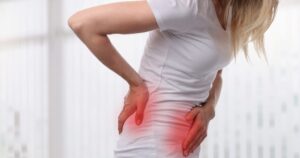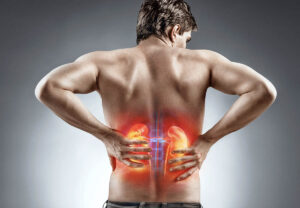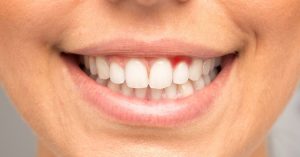
While degenerative disc disease presents most severely in older patients, the process often starts much sooner. Approximately 40% of people over the age of 40 have degenerative disc disease.
Degenerative disc disease (DDD) is a broad term that describes a deterioration of at least 1 intervertebral disc. Usually, it is characterized by the degeneration of multiple discs. Degenerative disc disease is a condition that develops gradually over time. It is important to understand the various stages of this condition so that you can seek out treatment early.
In addition to identifying the three stages of DDD, we briefly discuss a potential treatment option that may help to optimize mobility and reduce pain.
Dysfunction
The first stage of DDD is dysfunction. As your spine ages and deteriorates, it will lose its natural curvature and become misaligned. This alteration to the optimal curvature alters the normal load-bearing process of the spine and can speed up degeneration. Supporting ligaments and muscles can also degenerate during this stage.
Most patients experience little to no pain during the dysfunction stage. As a result, DDD goes undetected in many cases unless the patient suffers a co-occurring spinal injury that requires advanced imagery.
Dehydration and Spurring
The second phase of DDD involves dehydration of intervertebral discs and the development of spurring. This stage usually begins several years after the dysfunction phase. Spinal discs begin to shrink and dehydrate. The extra pressure on these vertebrae will ultimately create bone spurs.
Due to the combination of these factors, symptoms such as pain and discomfort become more prevalent. Patients may also begin to experience decreased mobility, which is a sign that DDD is progressing to stage 3.
Reduced Mobility
The last phase of degeneration is often referred to as the “stabilization” stage. A drastic reduction in joint space and remodeling of vertebrae will create a substantial loss in mobility. The spinal canal will narrow and can press onto the nerve roots or the spinal cord itself. This secondary condition can trigger tingling, numbness, and limb pain.
Once degenerative disc disease has reached stage three, treatment options are limited. There is no cure for DDD, but there are a few promising treatment options.
Stem Cells for Degenerative Disc Disease
For patients who are suffering from DDD, stem cell therapy may be an effective treatment option. Stem cell therapy has been shown to reduce inflammation and can even give the body the raw materials it needs to heal. Like other options, stem cells are most effective when they are used to treat the early stages of DDD.
This post was written by a medical professional at Stemedix Inc. At Stemedix we provide access to Regenerative Medicine for back pain, also known as stem cell therapy for degenerative disc disease. Regenerative medicine has the natural potential to help improve symptoms sometimes lost from the progression of many conditions.





